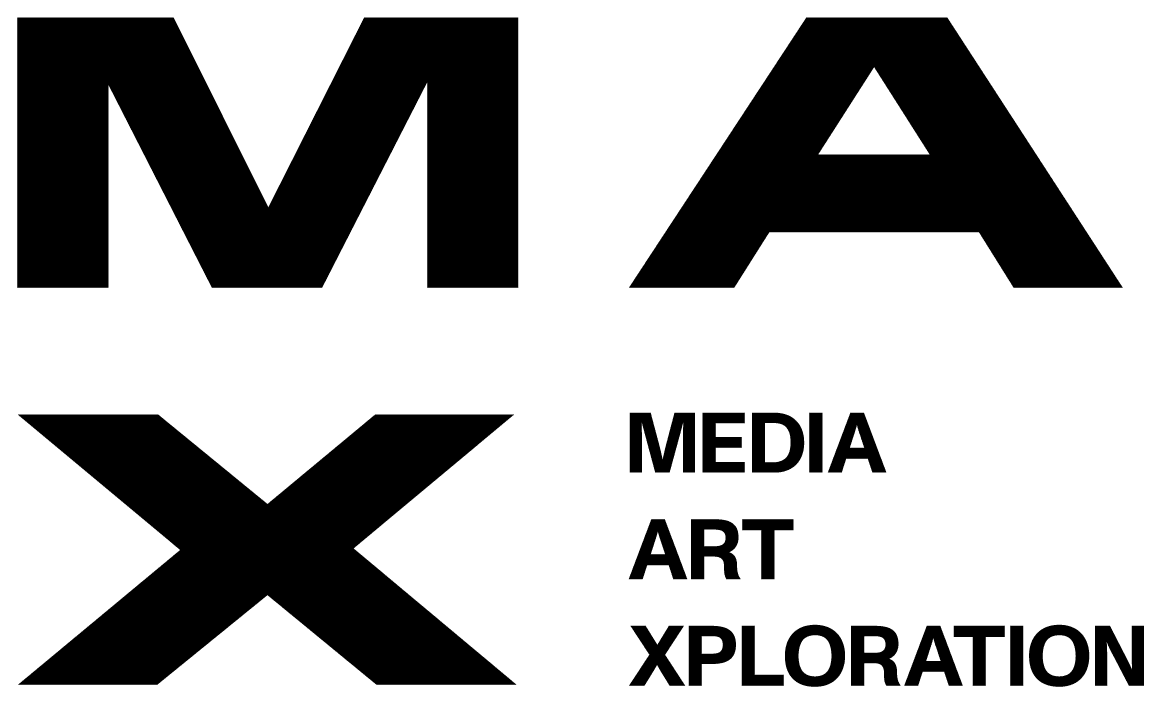THE LINE-UP
The Neuroverse’s multimedia, interdisciplinary programming will draw diverse audiences, and is helmed by extremely established artists, including a Berrggruen Institute Fellow, a Bessie Award-winner, and a Guggenheim Fellow.
We Are Your Robots
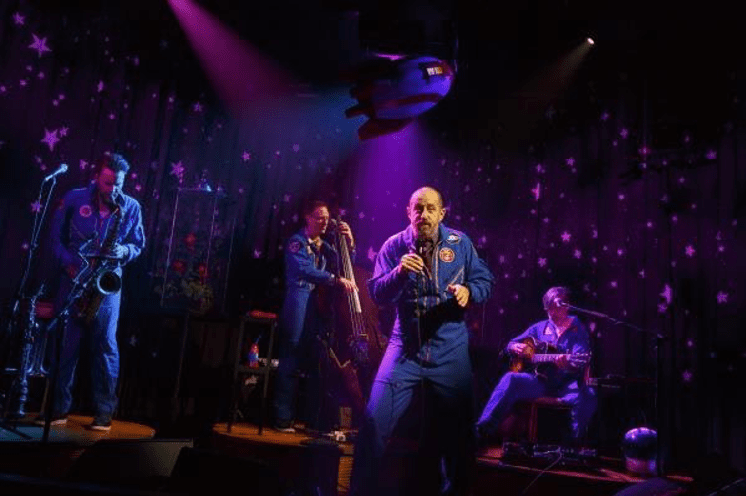
A music-theater piece being written by 2020 Guggenheim Fellow Ethan Lipton with support from the Sloan/EST initiative. The funds from Sloan New Media will support Ethan’s collaboration with the roboticist Jack Mostow, the Research Professor Emeritus at the Robotics Institute of Carnegie Mellon; the arrangement of the music; and the high costs of presenting music-theatre. The piece begins with the simple confession that Ethan is a robot. His bandmates are too. Through original songs, Ethan and his band-as-robots investigate the audience’s mind, exploring what makes consciousness tick, inquiring into the nature of existence.
If Robots Could Dance
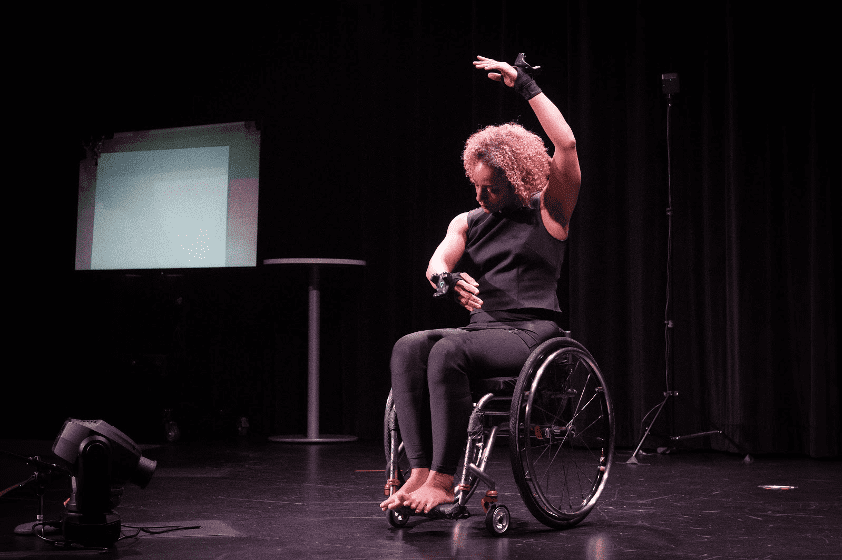
Dancer-choreographer Alice Sheppard, whose primary machine is her wheelchair, dances onstage, while roboticist Alex Reben, in the wings, guides a robot through creatively responding to the dance through real-time, simultaneous live music composition, lighting design, and projection design. As AI continues to provoke questions about who has access to technology, questions of justice, disability, and race surface. Reben and Sheppard challenge our assumptions about the nature of collaboration between robots and humans.
Listen to Another Species on Earth (LASE)

An immersive soundscape / AI experience about humpback whale songs created by composer Annie Lewandowski and media artist Kyle Mcdonald in collaboration with Katy and Roger Payne. The long and haunting songs of humpback whales changed history 50 years ago through the release of a recording: “Songs of the Humpback Whale.” Hearing the voices of these animals affected audiences, stimulating the “Save the Whales” movement — spearheaded by Roger Payne — to regulate and partially close the global whaling industry, and to raise interest in whales among artists and musicians. LASE envelops its audience in inter-animal communication patterns—patterns rendered through groundbreaking artificial intelligence and an immersive soundscape.
How Does Thinking Look Like
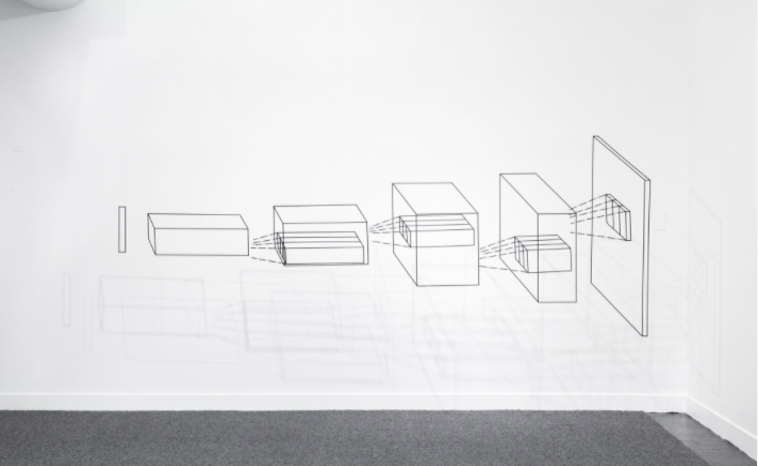
Artist Philipp Schmitt creates a unique lecture-performance about the aesthetics and history of Artificial Intelligence research. The media makes us believe that AI looks like the Terminator or Hal 9000. It seems we lack the vocabulary or imagination to think and talk intelligence without either invoking the human or the spiritual. Using performance, sound installation, and visual media, this piece aims to leave the audience with a better picture of AI.
The Wandering Mind
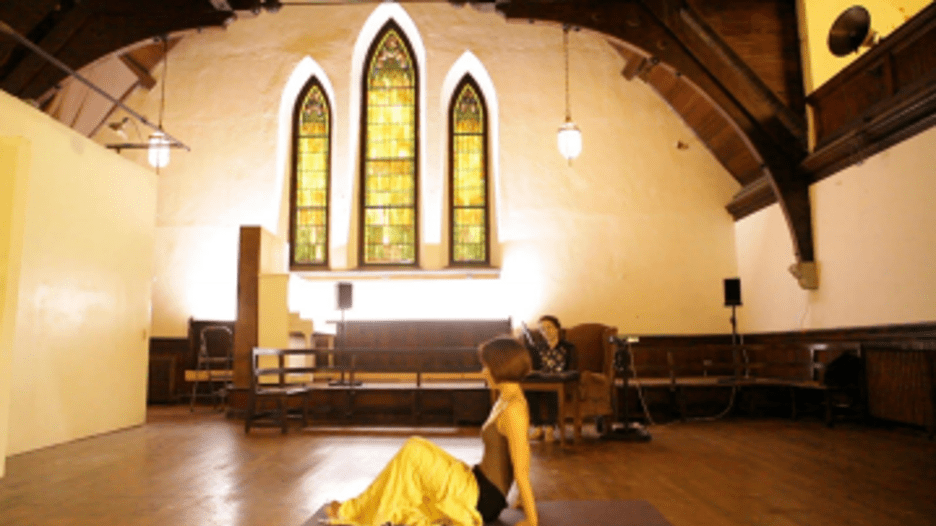
Engineer-artist duo Xin Liu and Gershon Dublon creates an AI-guided listening platform that draws sounds from every part of the world. The project draws its source material from a global repository of more than 50,000 user-submitted field recordings called Radio Aporee, chopping and reassembling them into one continuous journey. The sounds are selected from 2020 to listen, wander, and reflect in this global time of crisis. Liu and Dublon guide the audience into the liminal mind space between waking and sleeping, leading a journey of listening across the globe. (depending on ambient sound could require individual earphones or distributed headsets)
Serenading Siri (working title)
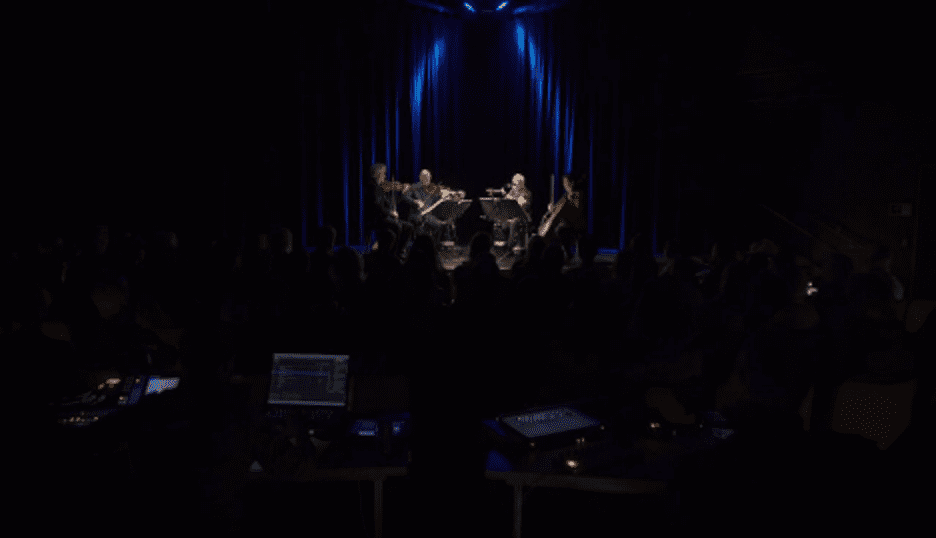
A curated evening of music by a renowned ensemble or band (we are in conversation with several) that reflects on and probes the shifting landscape of our reliance on, resistance to, and realization of our digital immersion.
Prometheus Firebringer

MacArthur Fellow Annie Dorsen creator of what she calls
algorithmic theater, customizes state of the art AI to complete the lost play of Aeschylus. To be performed by 1-2 actors this piece explores the genre of tragedy as refracted through natural language processing and the artist’s insight into the capacity and limitations of AI and how that in turn reflects us.
GANthropocene
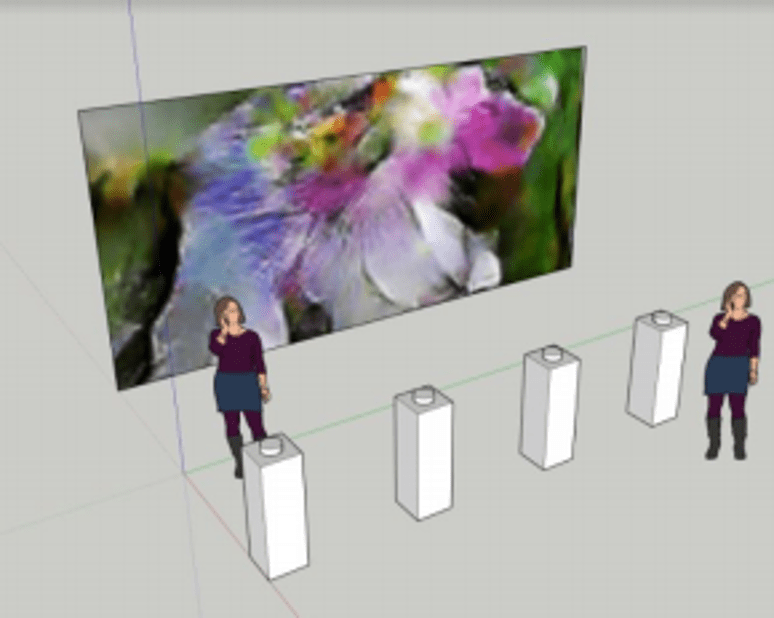
Media artist Grayson Earle creates a collective experience where
participants generate their own images of flowers, and manipulate those images in
real-time via physical knobs. Designed for 4 people, participants get a glimpse at both the inner workings of machine learning and collectively negotiate the design of a flower. This exploration of the spectacular nature of a GAN hopes to lend insight to its innerworkings,
but also render its contours and reveal the limitations of possible expressions inherent in a system driven by a determinate dataset.
Two-Eyed AI
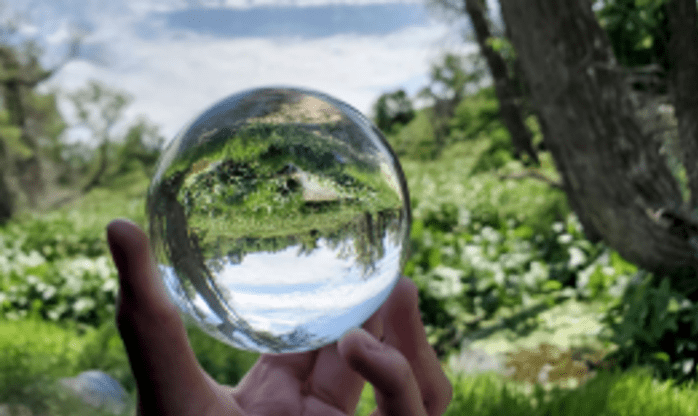
Teaching artists Robin Dahlberg, Josee Schryer and Indigenous artist and scholar Suzanne Kite will conduct visual media workshops at the Boys & Girls Club throughout 2021 on the Rosebud Sioux Reservation during which youth participants will collectively create media work that explore the various aspects of indigenous theologies as they pertain to AI. Kite will present an art lecture where she illuminates the work generated by the youth working on the AI platform, Runway, while demonstrating the power of engagement to the reservation youth participating.
Being
Originated by Rashaad Newsome and now done in collaboration with
BEING, provides an interactive experience with an ML generated being. BEING, whom some might call a “robot”, according to Newsome,” relies on us to be our best selves.” BEING moves through empathetic cycles. Newsome refers to BEING’s raison d’etre as radical decolonizing. Their most recent cycle in residence at Stanford Arts interacted with participants on mental health issues emerging in the Black community. What this iteration of BEING will be generating conversation about and encouraging agency around at The Neuroverse will be determined by events in the winter of 2021 at which point Newsome and his ‘offspring’ Being will collaborate on their next iteration of BEING Present.
The Neuroverse is made possible by the support of Science Sandbox, an initiative of the Simons Foundation.
Banner image credit: Microphotograph of the hippocampus / Thomas Deerinck & Mark Ellisman. From Dr. Carl Schoonover’s Portraits of the Mind.
LIVE IN SAN FRANCISCO & NEW YORK, VIRTUAL AROUND THE WORLD
COMING SOON IN FALL 2021
MAXlive 2021: The Neuroverse is a 3-day event slated to be presented in fall, 2021 in NYC with several events also in San Francisco. Together, through a festival’s worth of programming around neuroscience, artificial intelligence, and the human-machine interface, we will ask: What is humanness? What makes it distinct? What is the promise and the precipice of machine learning?
Do you have a project that engages these ideas? Contact us at info@mediaartexploration.org
STAY TUNED FOR VENUE DETAILS
